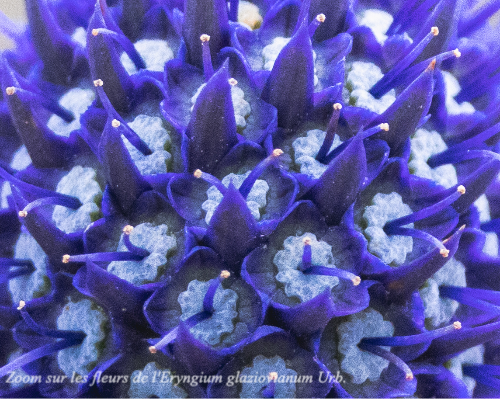On the top of Itatiaia from 29/01/23 to 01/02/23
- Chloé Cossin

- Feb 12, 2023
- 2 min read
In 1937, the first Brazilian national park was opened: Itatiaia. 11,943 hectares of protected area that includes some of the highest mountains in Brazil. Its name comes from the Tupi language and means "cliff full of peaks".
We decide to stay 4 days at the Instituto Alto Montana on the edge of the park, in order to discover the surroundings which shelter a different fauna and a flora from the one we observed at OAMa (Birds observatory of the Mantiqueira).
As the altitude being more important, we can observe different species. This is the case, for example, of the endemic specie of blue thistle Eryngium glaziovianum Urb. and the small frog Melanophryniscus moreirae, also called Sapo Flamenguinho in Brazilian, emblem of the park and endemic to the region.
This small frog is endemic of the Serra da Mantiqueira and its ecological niche is found in altitude: between 1800 and 2400 m. While climbing the peak of the black needles, (pico das agulhas negras), 5th highest summit of Brazil with only 2 791 m of altitude, the storm begins to rumble, the rain starts to fall and still no trace of it... We are about to give up and turn back, when we end up finding the very small amphibian! The black color on the back makes it really hard to spot on the dark rocks of the summit.
Very few studies and data are available on this frog. We don't really know about its distribution areas and population size. So, as a precautionary measure, Itatiaia Park considers it an endangered species and applies a fine to discourage visitors from touching it. It is difficult to imagine their means of verification, in our opinion, its red color, sign of toxicity, is way more dissuasive...


















Comments